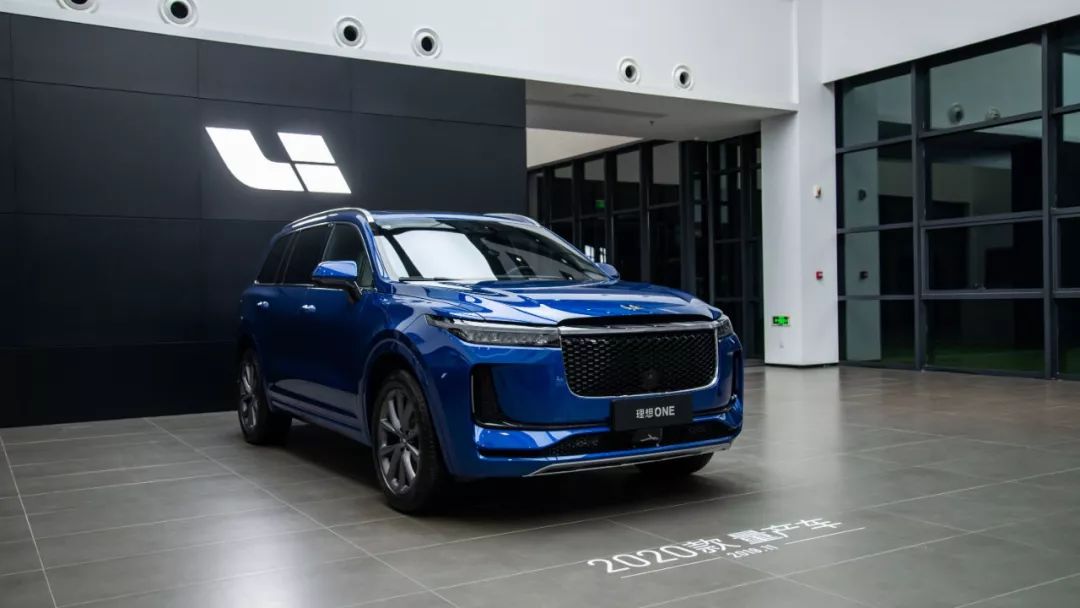On November 29th, we had another test drive experience of the Ideal ONE at the Ideal Changzhou factory, but this time we had two new keywords for the test drive: the 2020 model and SOP (mass production) status.
In this article, we will answer two questions. First, why is it the 2020 model? Second, what are the changes in hardware and experience between the 2020 and 2019 models?
What is the 2020 model and what is SOP status?
The Ideal ONE 2020 model mainly optimizes and upgrades based on user feedback and suggestions for the 2019 model. However, many tests are needed for new added features and configurations, and originally the plan was to release it at the 2020 Beijing Auto Show.
In order to avoid significant upgrades shortly after the first batch of cars were produced, which would affect the mood of existing users, Ideal planned to provide free hardware upgrades to old users after launching the 2020 model.
However, Ideal’s team found during actual testing that some hardware updates (such as suspension modifications, replacing rear glass, and removing front and rear bumpers) would significantly affect the workload, and “the originality and consistency of the whole vehicle”.
As Ideal’s team confirmed and tested the features and configurations of the 2020 model ahead of schedule, and in order to protect the interests of old users, Ideal officially announced on October 15th that the Ideal ONE would be directly delivered as the 2020 model, and all locked-in users would receive the 2020 model.
On November 20th, the production version of the Ideal ONE 2020 model was officially launched, and the 2020 model Ideal ONE we experienced today is also a production version. Compared with the 2019 model Ideal ONE which was tested in August and September, in addition to the difference in year and model version, this time the test drive car is in the production version, so all the details are in the mass production state and consistent with the version for users.
What are the changes in the 2020 model? What are the differences in driving experience?
The 2020 model Ideal ONE has 10 major changes and a series of small optimizations and adjustments in functions and hardware compared with the 2019 model. Let’s start with the major changes.

- Added adjustable intake grille
The 2020 model adds an adjustable intake grille in hardware compared with the 2019 model, which on one hand well avoids the “cheap” feeling caused by directly seeing the internal water tank and framework.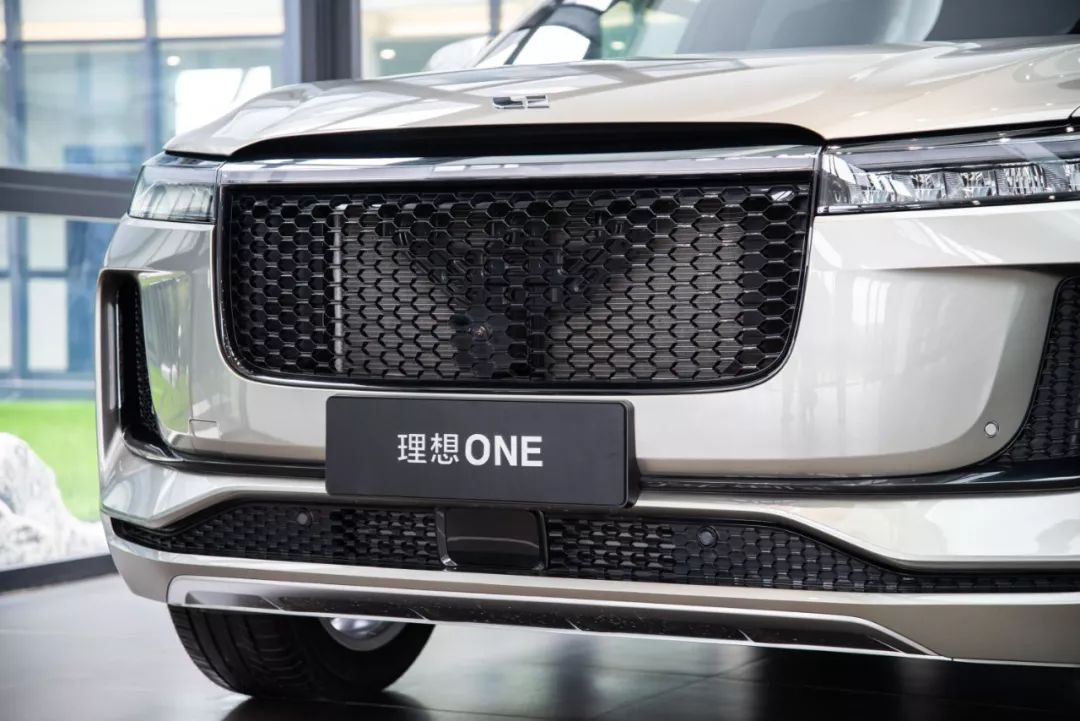
On the other hand, with the addition of a variable intake grille, when closed, the vehicle’s wind resistance coefficient can be decreased from the original 0.34 Cd to 0.32 Cd, and overall energy consumption can be reduced by 5%. In addition, after closing the intake grille, the rate at which the vehicle’s water temperature rises during winter driving will be faster, allowing the engine to enter the appropriate operating conditions earlier.
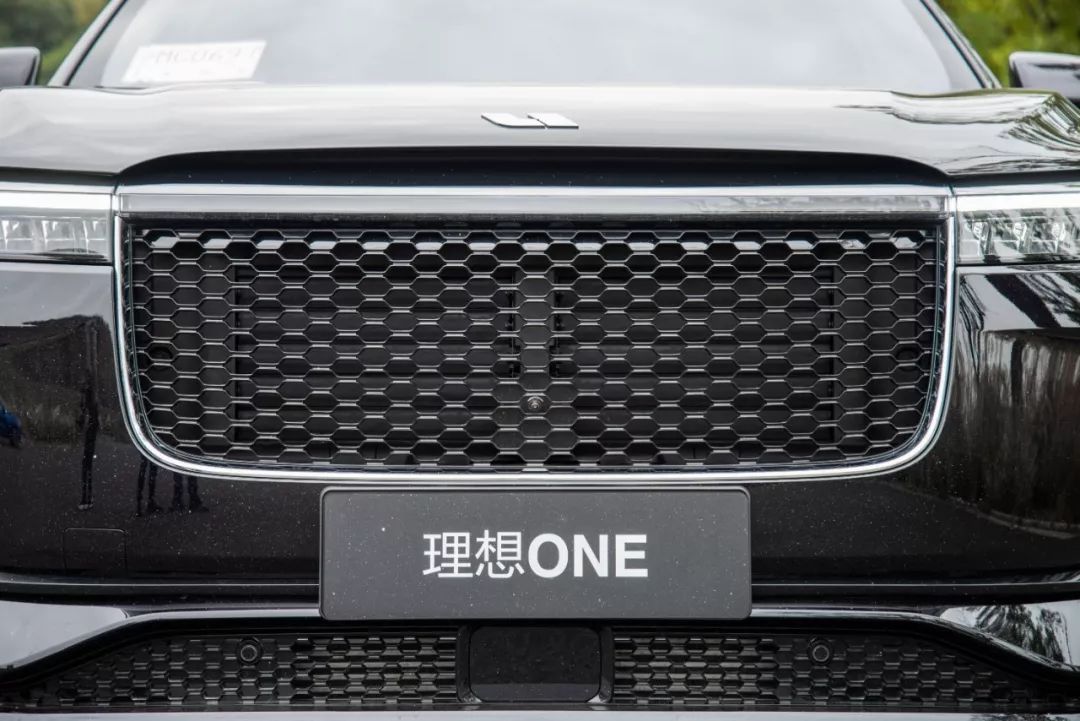
As for when the intake grille should be opened or closed, everyone does not have to worry about it. It can be fully controlled by the system.
- Double-layer Soundproof Glass for Rear Seats
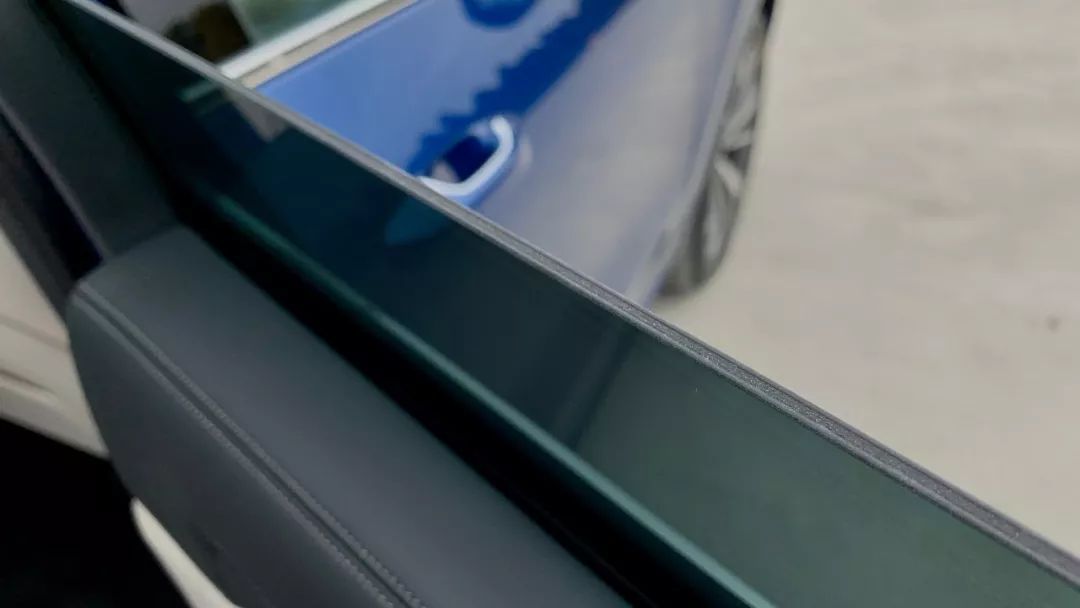
The glass for the rear seats of the 2020 model has been changed from single-layer glass to double-layer soundproof glass, and the most direct feeling is that it has become quieter, which is not something to be taken for granted.

The glass of the rear doors and the small triangular windows are both double-layered.
- New Silent Tires

Compared to the 2019 model, the 2020 model has replaced the original ordinary Michelin Primacy SUV tires with the silent version of the Primacy SUV tires. The silent version of the tire has added a layer of fully silent sponge inside to absorb the cavity resonance.
The adjustment of the tire model is somewhat unexpected to me, as the price of tires with sound-absorbing sponges added is expected to be about 1,000 yuan more expensive than the original. Even if the manufacturer can purchase them at a lower price, the increase in the overall cost of the vehicle is still significant. This also shows Ideale’s attitude towards NVH.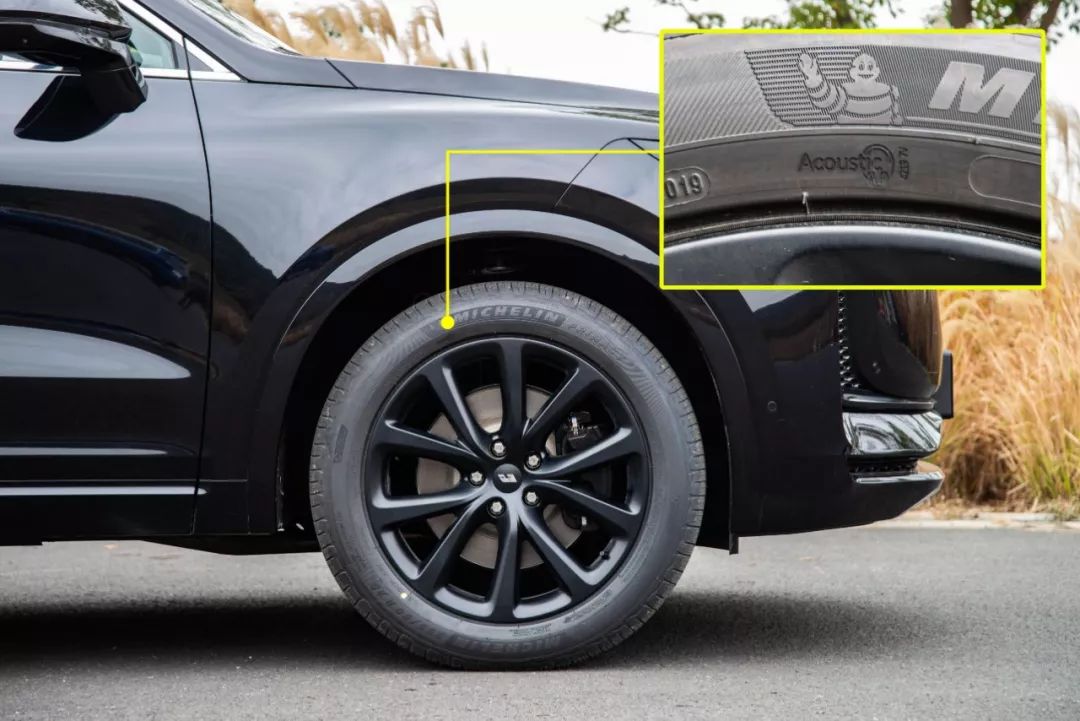
Acoustic marking unique to quiet tires
- Rear seat armrests removed
Removal of the armrest on the side of the rear seat near the door was the most controversial change in this update.
From a comfort perspective, having two armrests makes for a better riding experience, especially when the rear seat is adjusted to a semi-reclined position, as both sides of the armrest can be adjusted to the same height as needed.
However, Ideanomics believes that adding two armrests would be inconvenient and could pose a safety hazard to elderly and child passengers during the process of getting off. Mr. Li Xiang detailed his thoughts on this matter in our interview video (Forty-two Questions).
Although our experience was limited, we believe that Mr. Li Xiang and the Ideanomics team made the correct decision to delete this long-promoted configuration, instead of pleasing users.
- Hands-free Tailgate
Hands-free tailgate is a feature that has been highly requested. Since it is not a complex configuration, we will focus on the user experience.
After testing, the success rate of the Ideal ONE’s hands-free tailgate is above 90%. Please refer to @哲伦班长’s test video in our showroom.
However, there is a limitation to hands-free tailgate – the user must carry the car key, and the car key must be within 1.5 meters of the tailgate to use it. The purpose of this is to prevent accidental tailgate opening due to small animals crawling underneath.
 But using a Bluetooth key on a mobile phone cannot activate the kick-to-open function for the tailgate. During our previous experience, the Ideal ONE has a very useful Bluetooth key. This means that if I am a car owner who only uses a Bluetooth key and not a physical key, I cannot use the kick-to-open function for the tailgate, and this is something that users need to consider when choosing between a Bluetooth key and the kick-to-open function.
But using a Bluetooth key on a mobile phone cannot activate the kick-to-open function for the tailgate. During our previous experience, the Ideal ONE has a very useful Bluetooth key. This means that if I am a car owner who only uses a Bluetooth key and not a physical key, I cannot use the kick-to-open function for the tailgate, and this is something that users need to consider when choosing between a Bluetooth key and the kick-to-open function.
At the same time, we also hope that Ideal can open up the kick-to-open function under Bluetooth key status as soon as possible.
To summarize my experience in one sentence: this is the highest recognition rate and easiest to use kick-to-open function that I have ever used.
- Addition of Hybrid Mode (Major Change)
In the 2019 model, there are two working modes for the range extender: hybrid mode and range extender mode, while in the 2020 model, there are three modes, with the addition of electric-hold mode. However, in reality, the electric-hold mode is equivalent to the hybrid mode in the 2019 model, and we will explain this in more detail below.
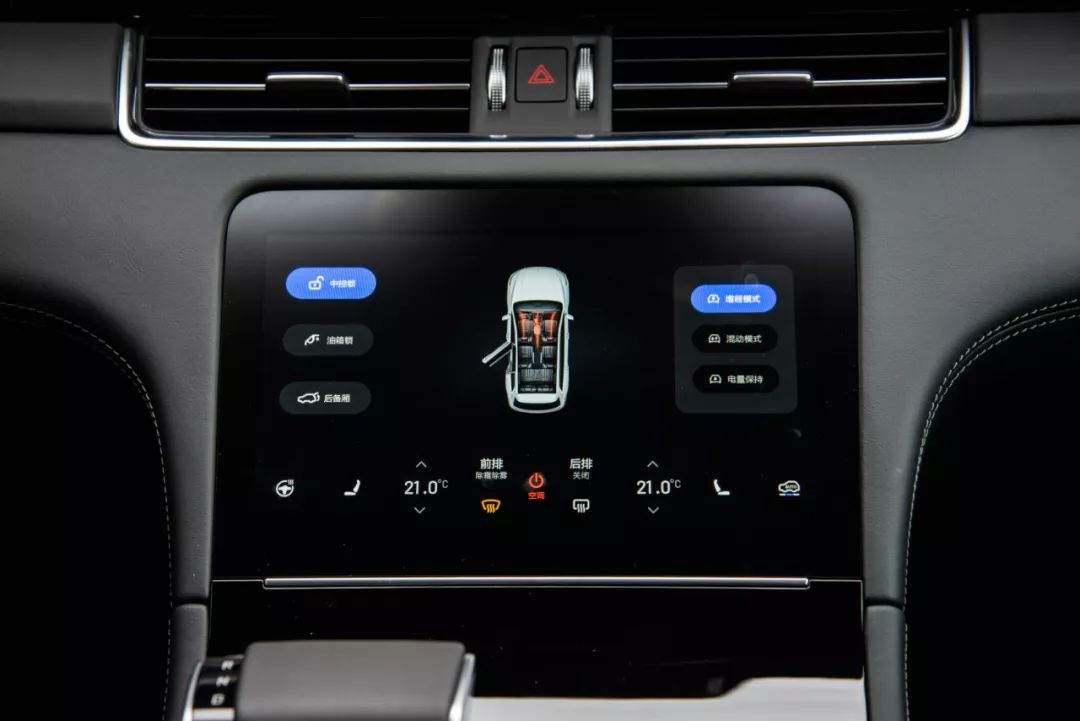
To help everyone better understand, we will reintroduce the differences and application scenarios for these three modes.
Electric-Hold Mode: The electric-hold mode is a mode that maintains the battery charge at a high level.
In this mode, the vehicle is driven purely by the electric motor when the battery level is between 100% and 72%. When the battery level is below 72%, the range extender will kick in, and it will firstly generate electricity to drive the vehicle, and secondly, maintain the battery level at around 72%. When the vehicle is driven under heavy load for a long time, causing the battery charge to drop to 60%, the range extender will increase its working frequency and power to the maximum extent to maintain the battery charge above 60%. However, the overall fuel economy and NVH will decrease.
This mode is suitable for users who have no charging conditions and want to keep the battery level at a high level.
Hybrid Mode: When the battery level is between 100% and 72%, it is still driven purely by the electric motor, and when the battery level drops below 72% due to aggressive driving, the system will not proactively increase the working frequency and power of the range extender. Under extended high power operation, the battery level will continue to drop, and the system will not actively increase the power of the range extender to charge the battery until the battery level is below 13%.
This mode is suitable for users who do not have charging conditions but can occasionally use a third-party charging station to recharge. In this mode, the system will prioritize fuel economy and NVH, but if the vehicle is driven under heavy load for a long time, the battery charge will drop to a certain extent.
We also recommend that users who do not have charging conditions prioritize using the hybrid mode, and recharge the vehicle once every 2-3 weeks using a public charging station.
Range-Extender Mode: In this mode, the vehicle is driven purely by the electric motor when the battery level is between 100% and 17%, and the range extender will kick in below 17%.
This mode is suitable for users who have charging conditions at home.Summary: According to Ideal Auto’s statistics, 75% of Ideal ONE owners do not have home charging conditions, but a large portion of them can access third-party charging stations during usual driving. Therefore, maintaining battery power and range mode are both extreme for these users. The recalibrated hybrid mode is a very suitable choice for many users who do not have a fixed charging condition but can use third-party charging conditions occasionally.
- Suspension Optimization
The 2020 Ideal ONE has optimized parts such as the liner on the front shock absorber, the liner on the front lower control arm, the rear shock absorber, the liner on the rear longitudinal arm, etc. During the test drive experience, we tested both 2019 and 2020 models in the test drive area.

There is not much difference in filtering on small bumps, but when encountering big bumps such as speed bumps, the 2020 model performs noticeably better than the 2019 model.
When encountering large bumps, and the suspension is compressed, the 2019 model gives a somewhat rigid feeling, but the 2020 model has more elasticity, in short, a stronger sense of luxury.
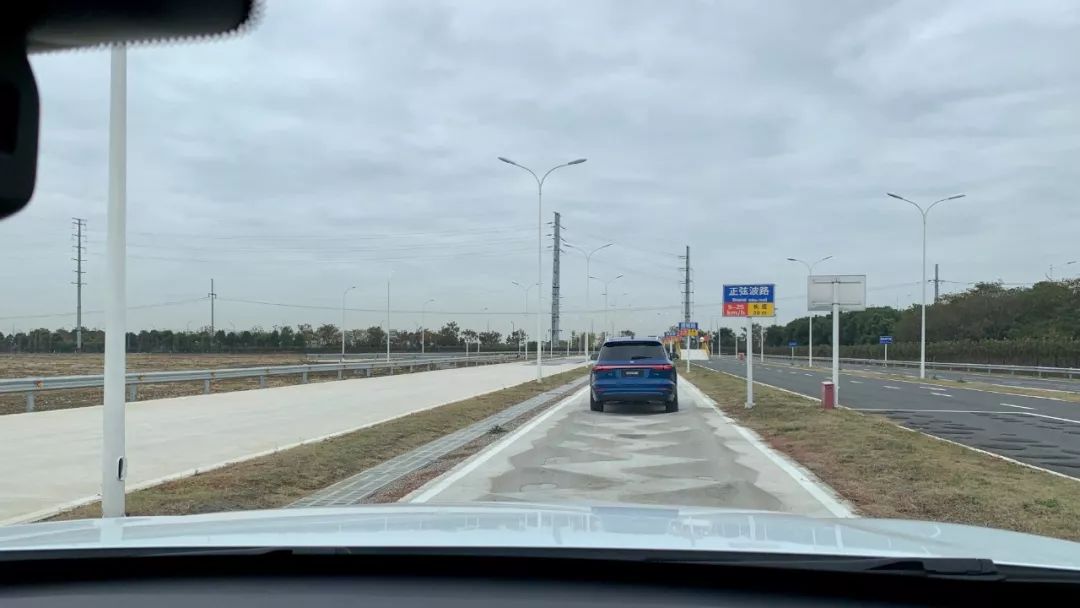
- Braking Pedal Feel Difference
In terms of braking, the 2020 model tends to have a more linear braking pedal force on the front end, eliminating the feeling of first heavy then light in the 2019 model.
The overall pedal feel and braking force are very linear. However, personally, the front end of the braking pedal is slightly softer.
- Assisted Driving Optimization
There are three changes in the assisted driving aspect.
First, the ACC/assisted driving start speed range is expanded.
The start speed of ACC/assisted driving is adjusted from the original 30 km/h – 125 km/h to 15 km/h – 135 km/h when there is no car in front and from 0 km/h – 125 km/h to 0 km/h – 135 km/h when there is a car in front, which is more widely applicable and at lower speeds.
Second, the optimized default vehicle speed after ACC startup.The default speed for ACC on old models is 80 km/h. Many car owners have experienced sudden and unsatisfying acceleration when using ACC at speeds of 40-50 km/h. Therefore, on the 2020 model, when the speed is below 30 km/h, ACC will default to 30 km/h; when the speed is above 30 km/h, the default speed will be the current driving speed, and car owners can manually adjust the target speed settings based on their needs.
Thirdly, the logic for automatic lane changing has been optimized. In the 2019 model, when driving assistance is enabled, drivers must use turn signals to allow the vehicle to automatically change lanes. If they want to change lanes manually, they must first exit driving assistance, perform the lane change, and then turn driving assistance back on. This is not a particularly seamless experience for drivers with different driving habits. In the 2020 model, a switch for automatic lane changing with turn signals has been added. With this switch on, the vehicle can automatically change lanes when the turn signals are activated. Even if the driver forcibly turns the steering wheel, causing driving assistance to exit, the system will re-enter driving assistance mode once it recognizes the lane lines.
With the switch off, the vehicle will automatically exit the lane keeping mode after the turn signals have been activated to make the lane change. Once the system recognizes the lane lines, it will automatically return to driving assistance mode.
Fourthly, the requirements for vehicle position in the lane keeping mode have been relaxed. On old models, the vehicle had to stay within 30 centimeters of the lane lines to enable lane keeping mode. On the new version, the vehicle only needs to be within ±50 centimeters of the lane lines to enable lane keeping mode. In simpler terms, the threshold for enabling lane keeping mode has been lowered.
Finally, the driving mode has been optimized. The Ideal ONE has two driving modes: Comfort and Sport. There is a difference of about 1 second in acceleration time per 100 kilometers between the two modes. In terms of experience, the main difference is in the power output of the first half of the accelerator pedal. The power output of the first half of the accelerator pedal in Comfort mode is very soft, while in Sport mode it is more responsive. This difference is particularly noticeable below 60 km/h, and the overall energy consumption is better controlled in Comfort mode.
In addition, the audio and voice systems have been optimized. We gave high praise to the audio effects of the Ideal ONE at the Shanghai Auto Show, but the experience wasn’t as good on the PP3 prototype cars due to optimization issues. However, with the 2020 model, we believe that the audio system of the Ideal ONE has returned to the level experienced by everyone at the Shanghai Auto Show.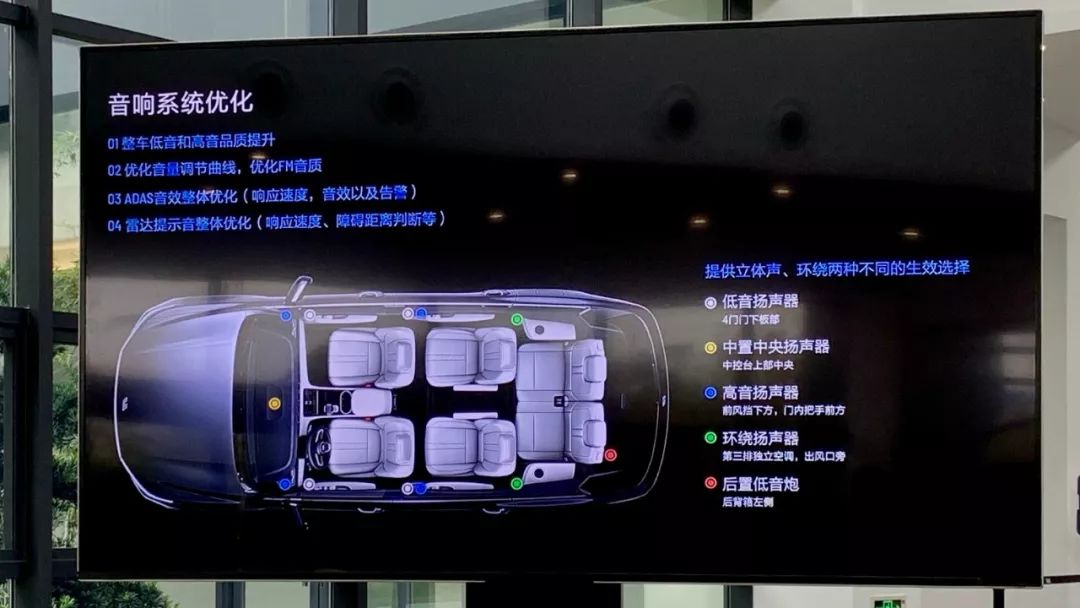
Regarding voice-related functions, the 2020 model of the Ideal ONE has resolved all the bugs that were present in the 2019 model of the PP3, and has added some new wake-up words to enhance the user experience. Overall, both the voice recognition rate and the experience of driving assistance prompts have been significantly improved.
Above are the top 10 changes on the 2020 model, and now allow us to present to you some of the further optimizations in detail.
- The car has added a pressure relief valve and optimized the car door hinge structure.
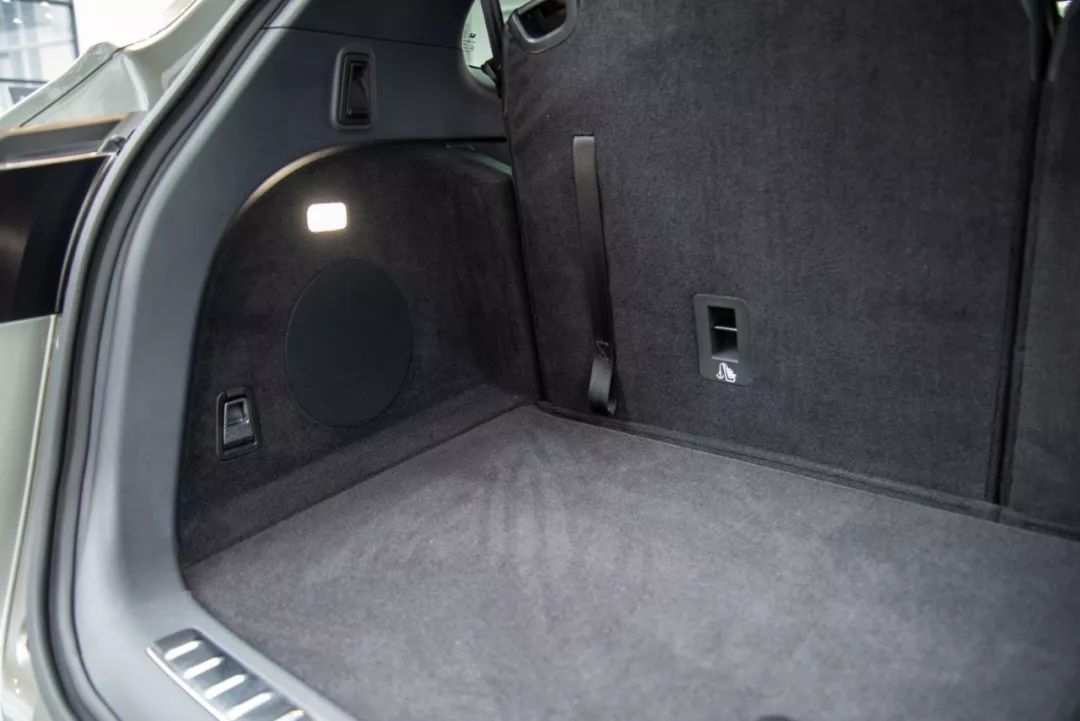
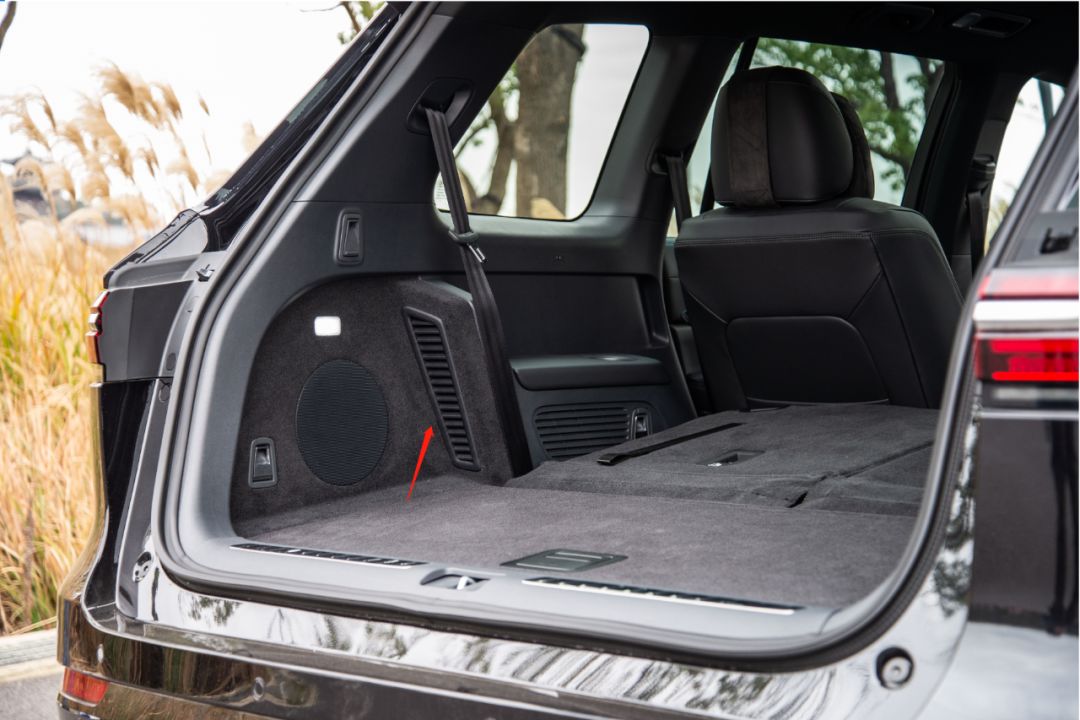
The energy required to close the car door has been reduced from 14 Joules to 12 Joules. In other words, it is now much easier to close the door.
- Two additional 12V power sources have been added to the rear row.
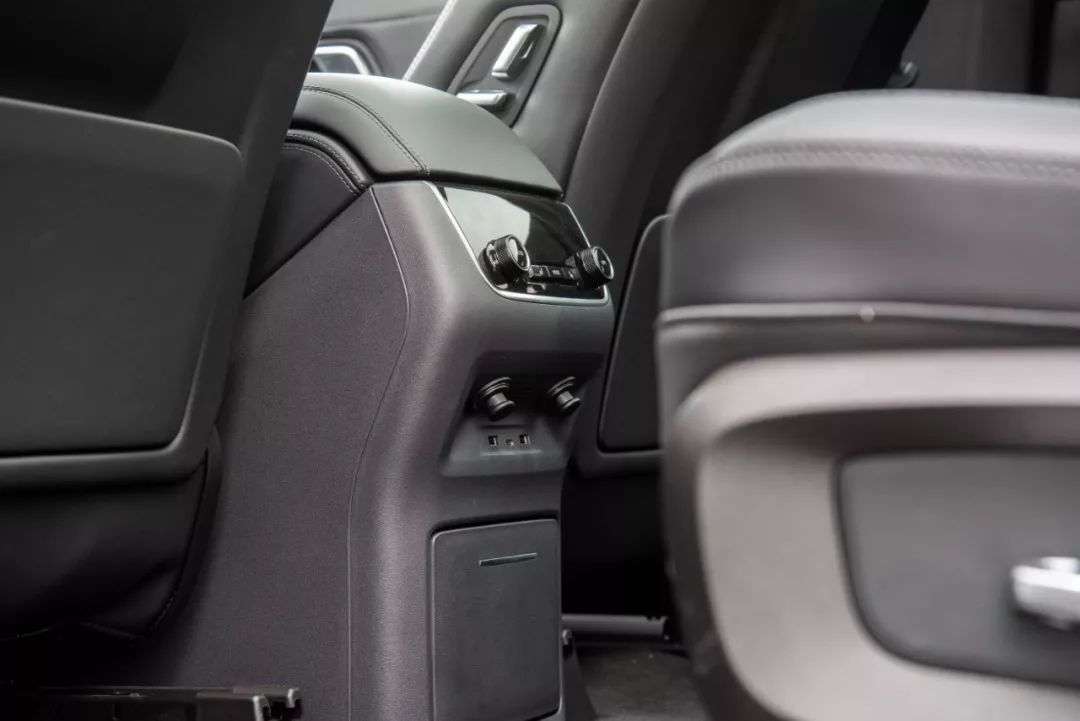
- Optimized the multimedia display of the car.
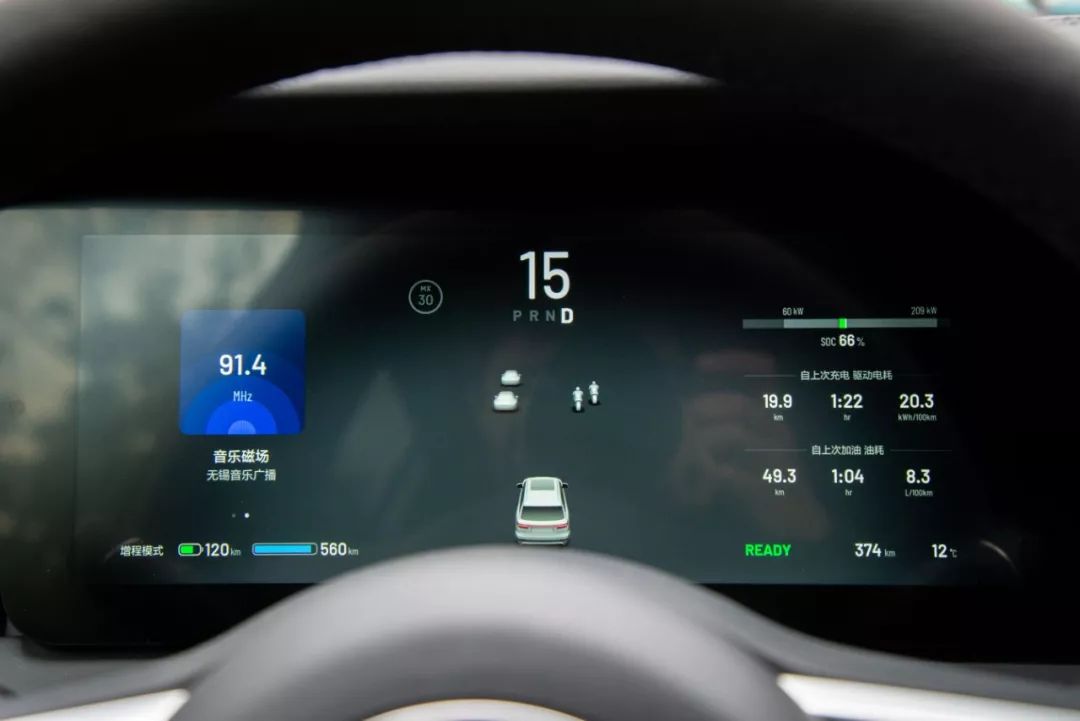
The speed display has been magnified, and the position of the speed shift has been moved downwards. The right-hand driving information has been adjusted to display the power consumption since the last charging or fuel filling.
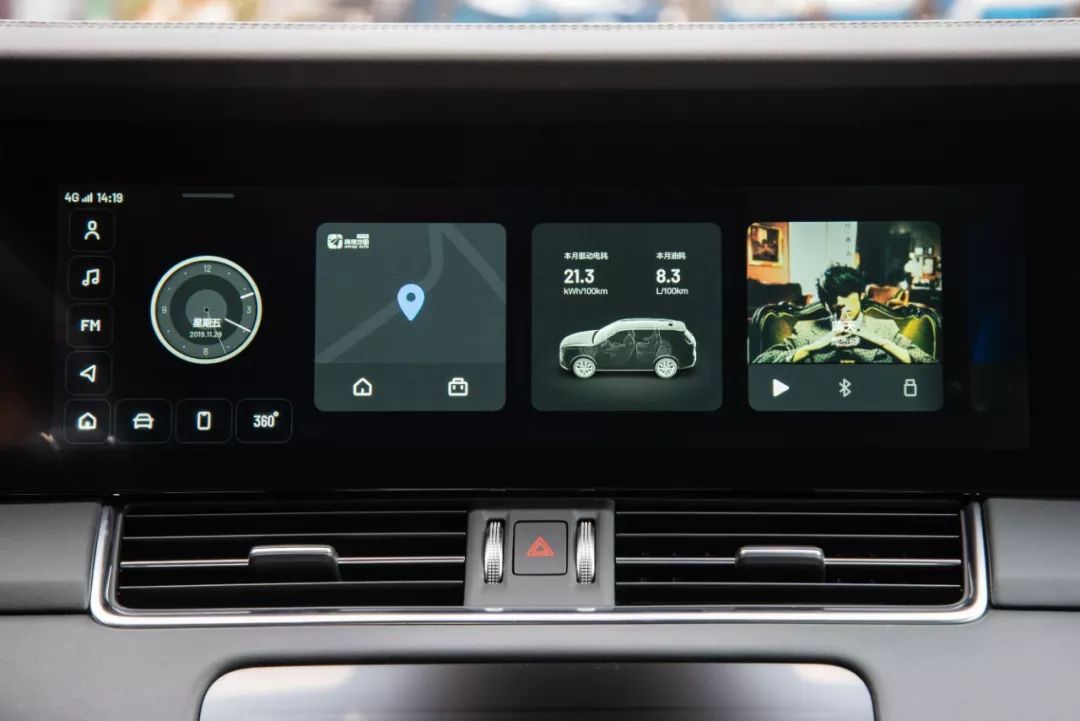
The button layout of the L-shaped dock has been changed from circular to square, and the button area has been enlarged to improve ease of use. It is worth noting that the position of the dock bar has not changed, and thus the buttons may still be partially covered by the steering wheel.
-
Optimized the process of the B-pillar decorative panel.

-
新增方向盘装饰盖
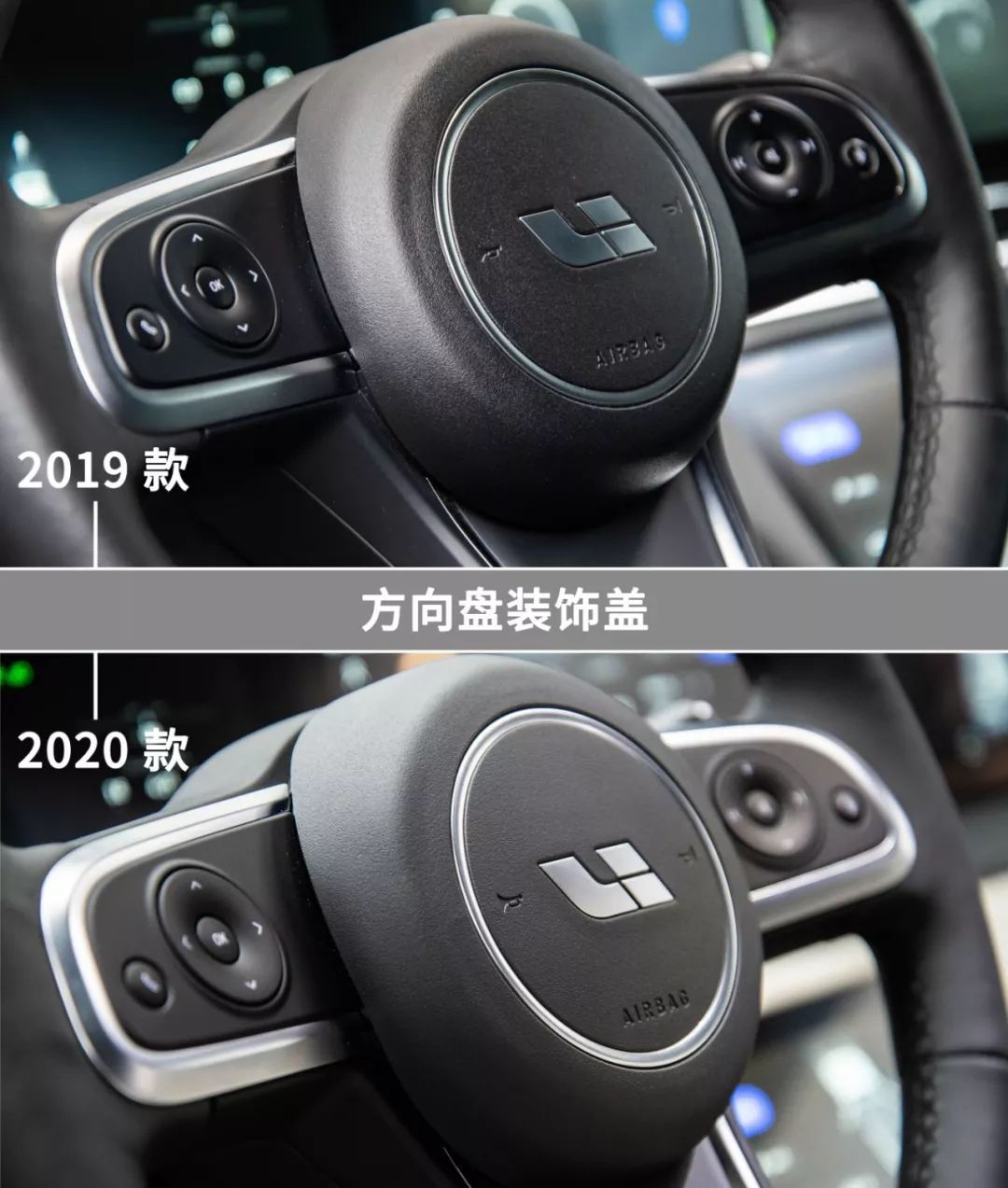
- 细腻的座椅缝线
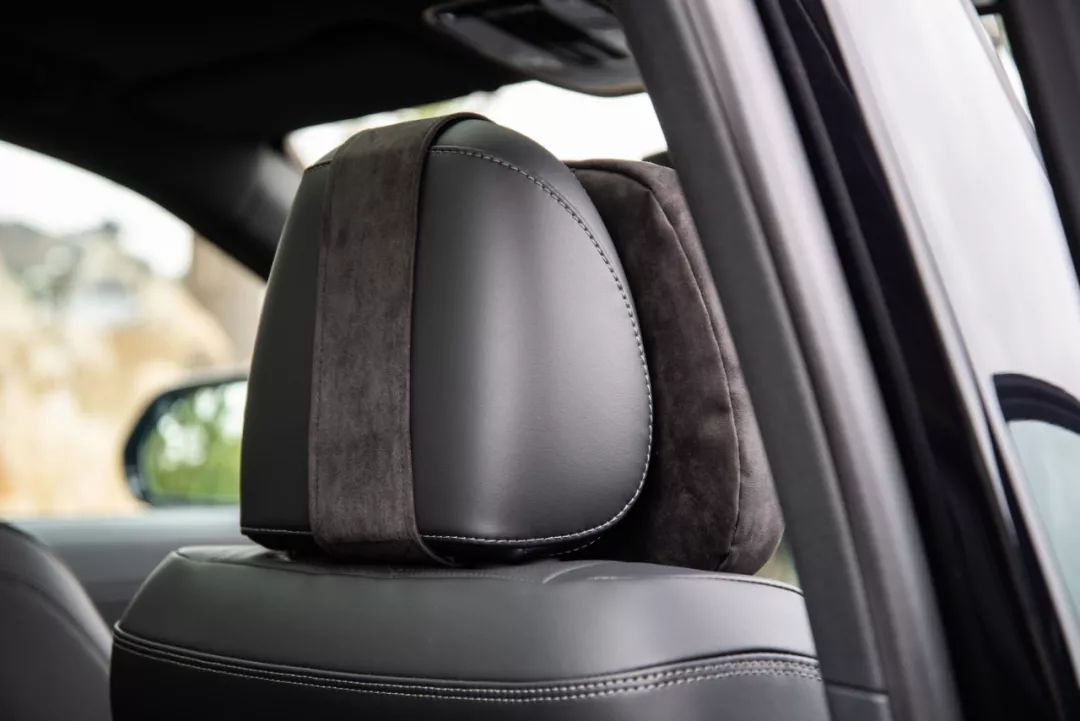
During the test drive, Zhang Xiao, the product manager of Ideal, said something that left a deep impression on me: Users are using a magnifying glass to look at us, but we are using a microscope to examine ourselves.
After four years of meticulous development, the Ideal ONE has finally entered mass production. Congratulations to the Ideal team for successfully completing the first stage. At the same time, we also congratulate the first batch of Ideal ONE owners who are about to receive their cars.
With the large-scale delivery, Ideal will face its second challenge of examining themselves under a microscope!


 * 24 Questions, 8000 Words Answering All Your Questions About Ideal ONE
* 24 Questions, 8000 Words Answering All Your Questions About Ideal ONE

This article is a translation by ChatGPT of a Chinese report from 42HOW. If you have any questions about it, please email bd@42how.com.
